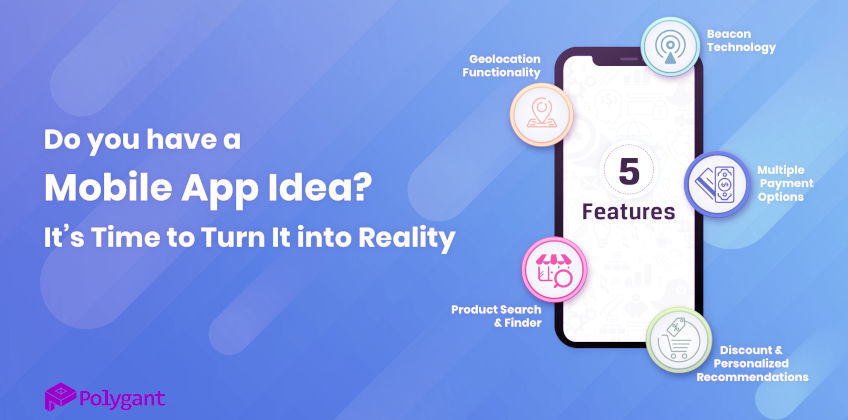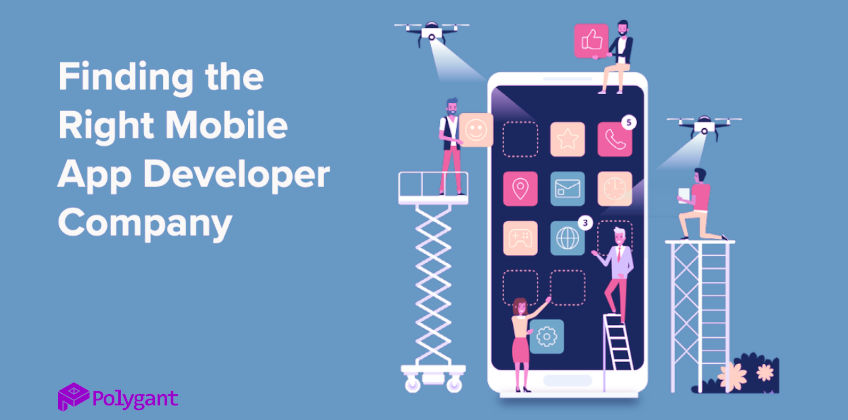Creating a mobile app is definitely a complex task. It takes skills, time, and sufficient budget to find the right approach. Sometimes even professionals struggle or can’t cope with it at all. So, we would like to give some tips for developing a mobile app in the right way. If you are not a developer, but a customer, it will also help both at the start, in ordering, and at the finish, in checking the work.
Table of Contents
Evaluate your capabilities

Many developers try (or customers ask) to do all things at once, providing their application with whatever crosses their mind. It’s the wrong way because you have to take into account the team’s capabilities. Each of its members takes a different number of working hours to design the architecture and write the code. This time is directly related to developer availability and app complexity.
Projects often get scrapped after failing in the process due to the unlimited ambitions of some developers. They can’t or don’t want to understand that it’s better to refrain from some functionalities to speed up development with no negative impact on the result.
First, implement only the most important functions. Start with building an MVP (minimum viable product) and adhere to the lean software development methodology. Its principles helped to launch many successful mobile app-based startups.
Calculate your budget for a mobile app
You can create an application with like-minded people by programming after hours. However, most startups’ experience has shown that enthusiasm alone didn’t get them to the final release. Even dedicated people will leave a project if they are forced to program a lot for minimum wage or only for the promise of getting rich after selling the startup to some corporation.
Sooner or later, you will have problems that can’t be solved without financing your development. So, be prepared for the costs of getting things done.
To minimise unexpected costs, determine at once what your application really needs before starting its development. Calculate the cost of implementing important functions, design, animations, and interface elements. Something may prove to be too expensive, then you have to save on it to optimise the budget.
Analyse other mobile apps
You don’t have to try to reinvent the wheel; you can follow the beaten path. That is, you can analyse a similar application of your competitors or look into some exciting examples available elsewhere. We don’t encourage you to copy code or design, but only to look into the structure of successful applications, interface features, and interesting functionalities.
Even corporations with a large staff of developers often look up and copy things from each other. So there’s nothing wrong with that, as long as it doesn’t infringe on the copyright.
Preliminary analysis of competitors can help to avoid mistakes in the development process. It also allows you to see extraordinary solutions applied by the creators of analogues.
Test a mobile app thoroughly
Errors, bugs, and broken features aren’t the things app users want to find. Hire a tester who will thoroughly test your application and identify issues. It will have to be fixed before the final release and publication in digital distribution stores. Otherwise, the Apple App Store and Google Play won’t even accept a defective product.
The cost of errors can be high. Even small problems often cause a negative reaction from users. This causes them to give low ratings and write bad reviews for applications that didn’t satisfy them. Other people, after reading such reviews, are unlikely to want to download a poor-quality application, even if it initially interested them.
Test your application at all stages, from designing and writing the code to adding new features. It’s impossible to be perfect, but if you at least get rid of errors, you will win the loyalty of regular users.
Hire experienced mobile developers
If you are a businessman or manager whose company needs a mobile app, on the one hand, it’s a little easier for you. On the other hand, when you will be looking for the suitable specialists, you will have to choose from a dozen of performers on websites such as:
- Freelance marketplaces, e.g. Fiverr, Guru, PeoplePerHour, Upwork
- HR platforms, e.g. Adzuna, Indeed, Monster, Reed
- Professional social networks, e.g. LinkedIn, Viadeo, Xing.
You can also outsource your product development as a turnkey project, as well as certain stages or specific tasks. For example, you can contact Polygant.
We have a team of iOS developers and a separate team of Android developers. A ready-made team with hourly paid employees is cheaper than in-house employees. In addition, it saves on recruitment costs. More importantly, it will reduce the time from the start of development to the release of an application.


